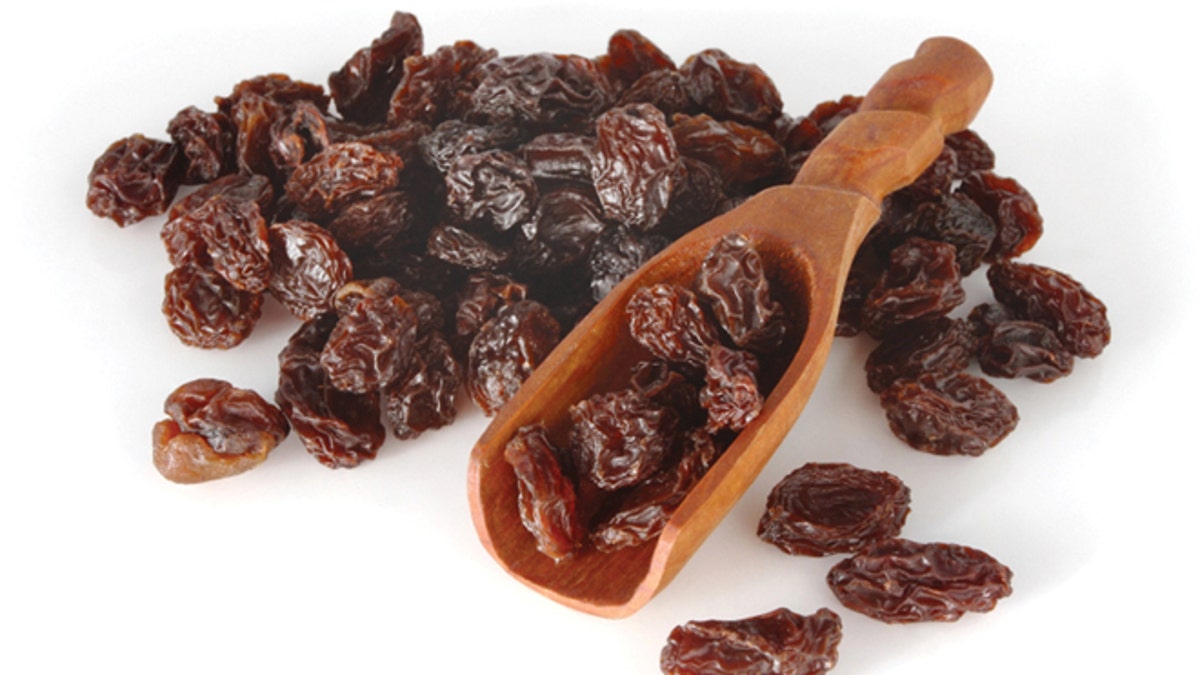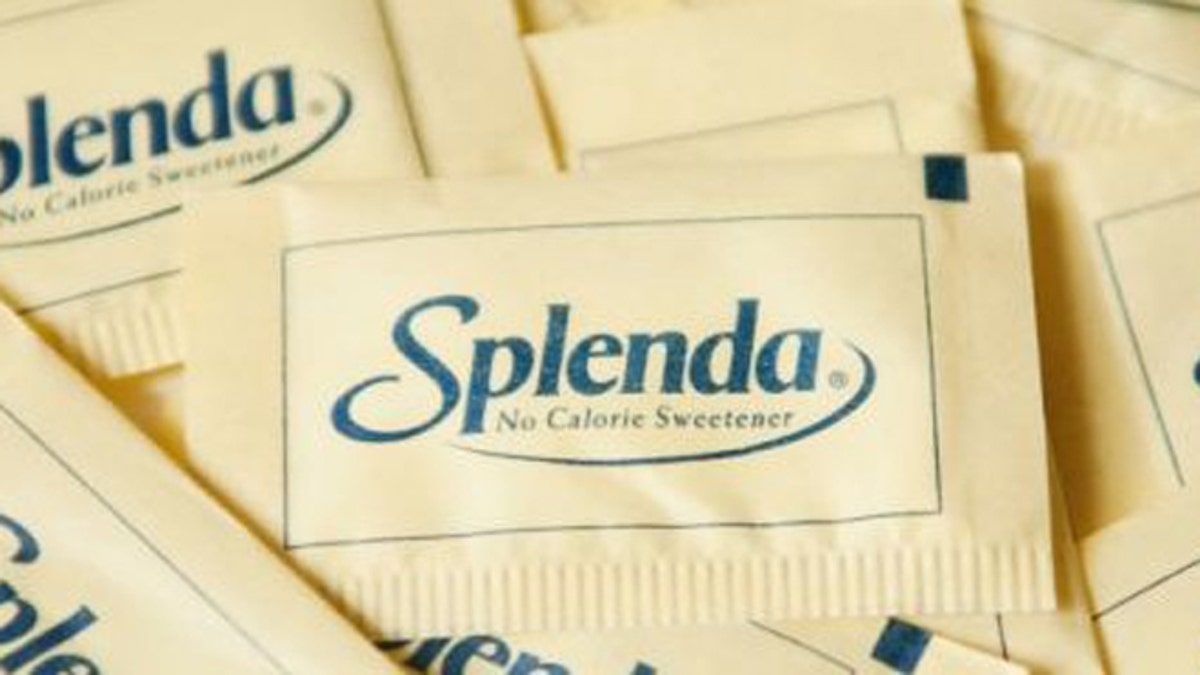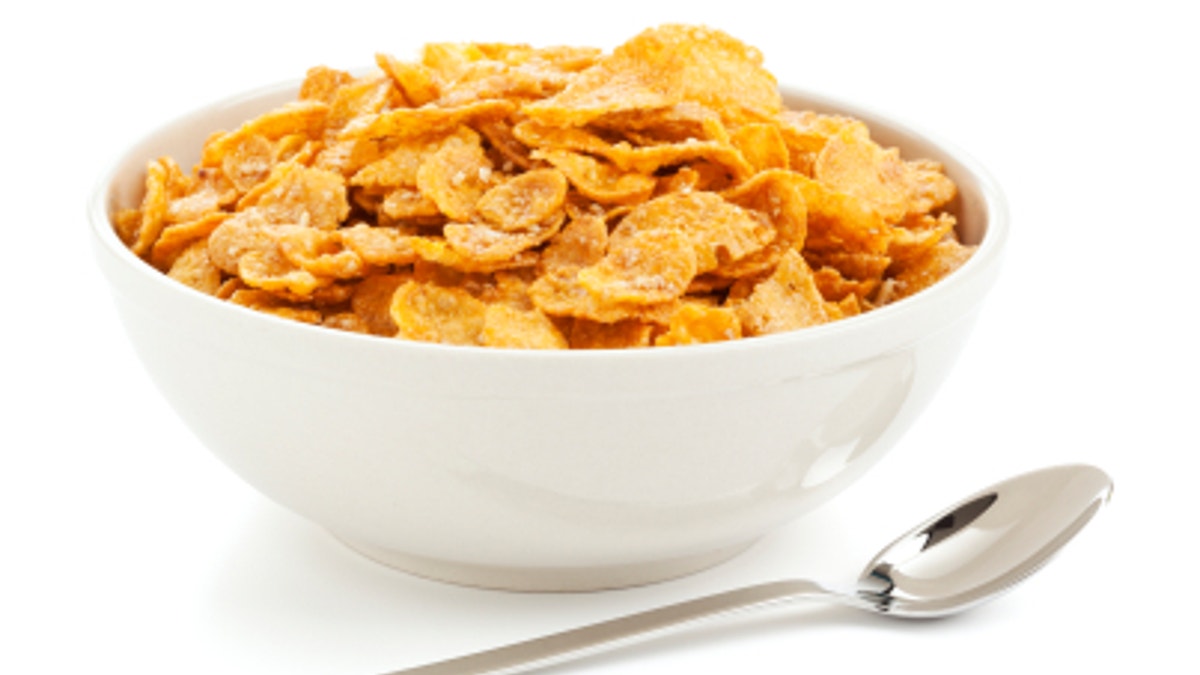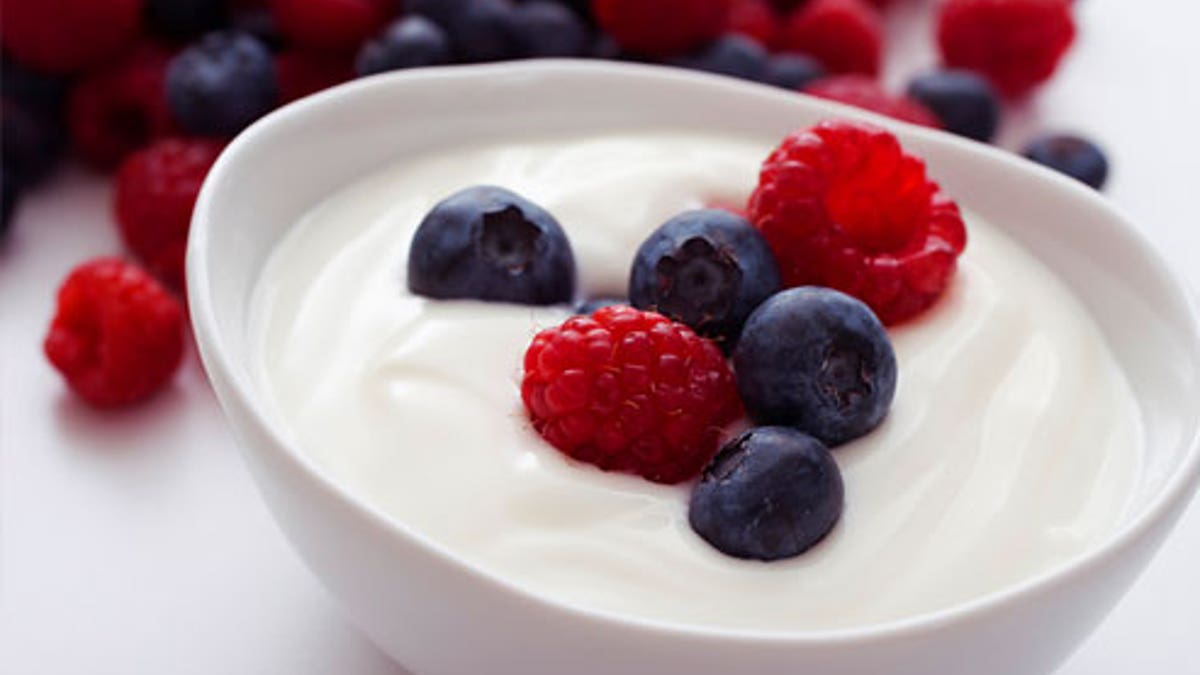Some of the greatest discoveries are made by accident and it’s no exception when it comes to food. From a frozen treat to flaked wheat, here are eight famous foods that are the result of pure serendipity.
1. Popsicles

(iStock)
As a childhood staple, it’s fitting that this sweet treat came to be after a discovery by a child. In 1905, 11-year-old Frank Epperson left a stirring stick, placed in a cup of powdered soda and water, on his porch overnight. When Epperson happened upon the frozen mixture the next day, he decided to call it an “Epsicle.” Eventually, his kids would refer to the frozen pop as Pop’s ‘sicle, causing Epperson to change the name. In 1923, Epperson sold the rights to Popsicle® and today, the company sells 2 billion ice pops annually, with cherry being the most popular flavor amongst its consumers.
2. Raisins

(iStock)
It’s believed that humans first discovered raisins when they stumbled upon a crop of dried grapes. The time period during which this occurred is still debated, but the first accidental commercial raisin crop is said to have materialized in California in 1873. Two years later, vineyardist William Thompson introduced his thin-skinned, sweet tasting “Thompson Seedless” grapes, which today, are the basis for most raisins.
3. Ice Cream Cones

(iStock)
Some would argue that ice cream without an ice cream cone is nothing short of incomplete, so it's impressive that this edible ice cream dish rose to fame after an impromptu act. The ice cream cone gained popularity in 1904 at the St. Louis World’s Fair when Syrian concessionaire, Ernest Hamwi, decided to roll up some of his crisp, waffle-like pastries (also known as zalabia) to help out a neighboring ice cream vendor who ran out of dishes.
4. Aspartame

(iStock)
File this one under ‘the time when accidently ingesting a chemical led not only to a positive outcome, but a revolutionary one.’ In 1965, scientist Dr. James Schlatter was working on an anti-ulcer drug when he went to lick his finger to pick up a piece of paper. His finger tasted sweet, so he traced back his steps and realized that the sweet-tasting substance was aspartame. Today, this popular low-calorie sweetener (which is about 200 times sweeter than sucrose) can be found in many popular foods.
5. Chocolate Chip Cookies

(iStock)
Talk about an accident that turned out oh-so-right. In the 1930’s, while preparing a batch of butter drop cookies for her guests at the Toll House Inn in Massachusetts, Ruth Wakefield decided to stick pieces of a NESTLÉ® chocolate bar into the cookie dough, expecting it to dissolve once baked. Instead, the chocolate maintained its shape. NESTLÉ® quickly caught wind of the discovery and placed Wakefield’s recipe on their chocolate bar wrappers, where it still remains today. In 1997, to honor the popular recipe’s origin, Massachusetts designated the chocolate chip cookie as its official state cookie.
6. Corn Flakes

(iStock)
If you ever need some validation that failure can lead to success, take at look back at the beginnings of corn flakes. In 1898, W.K. Kellogg (who later became the founder of Kellogg’s) and his brother, Dr. John Harvey Kellogg, accidently produced a batch of flaked wheat berry after attempting to make granola. The Kellogg brothers then decided to experiment by flaking corn and the rest is history.
7. Lea & Perrins Worcestershire Sauce

(Lea & Perrins)
The next time you slather this deliciously sweet, tangy sauce on your meal, know that without the mistake of two chemists, that meal might not be as tasty. In the early 1800’s, a man by the name of Lord Sandys appointed chemists John Lea and William Perrins to the task of recreating a recipe he had tasted in Bengal. Lea and Perrins attempted the sauce, but did not like the result, so they left the sauce in jars in a cellar. Two years later, the two stumbled across the sauce, decided to taste it and found something amazing: it actually tasted good. Today, Lea & Perrins Worcestershire Sauce is aged in a wooden cask for 18 months and is a popular dressing on meats and salads.
8. Yogurt

(iStock)
It’s believed that yogurt developed at a time when milk-producing animals became domesticated, possibly around 5,000 B.C. To transport the animal milk, the milk was often placed in sacks made from the stomachs of animals. It’s believed that the bacteria as well as the acidity from the lining of the stomachs prompted the milk to coagulate, forming the beginnings of yogurt.




















